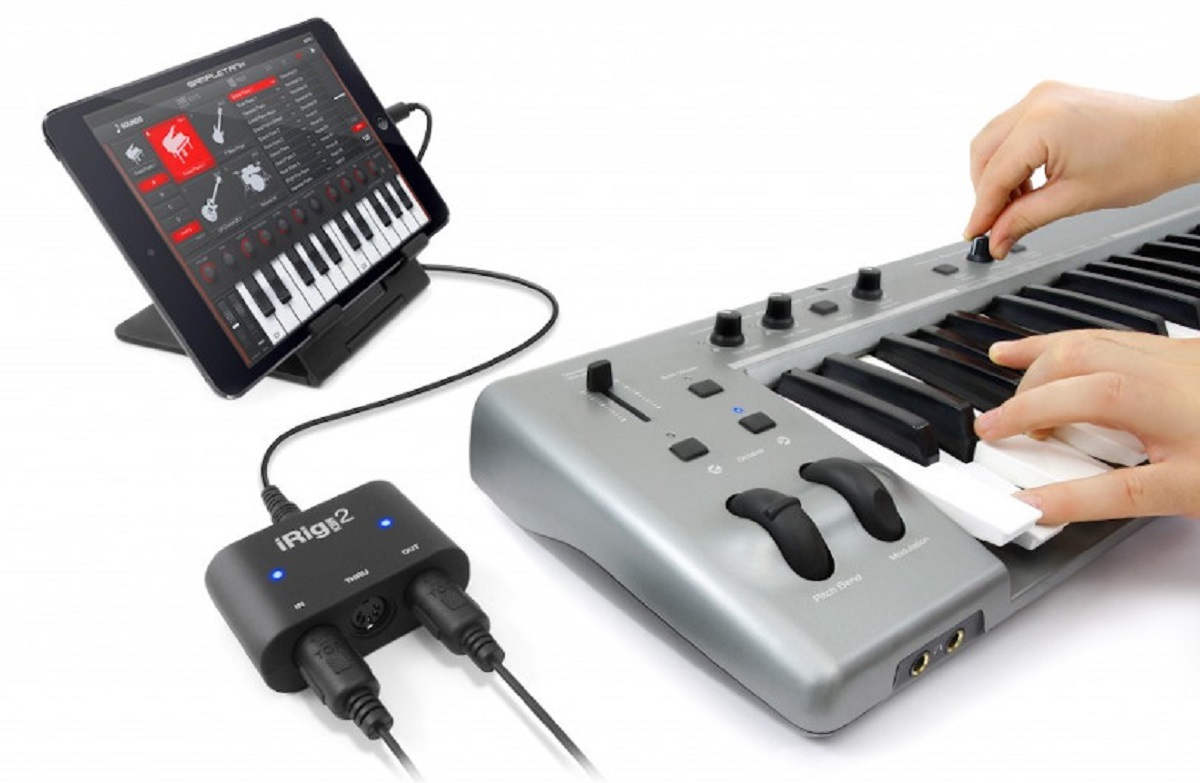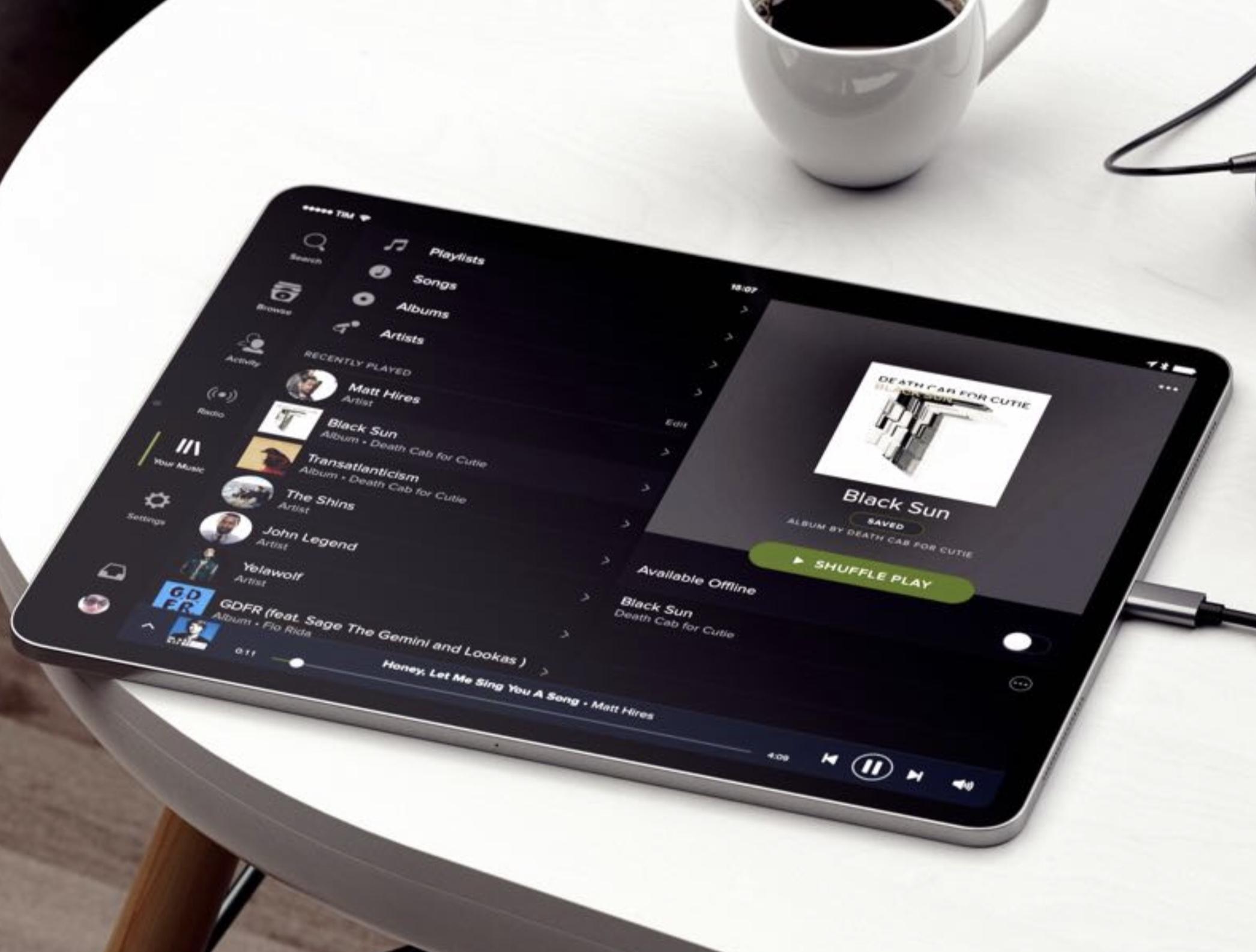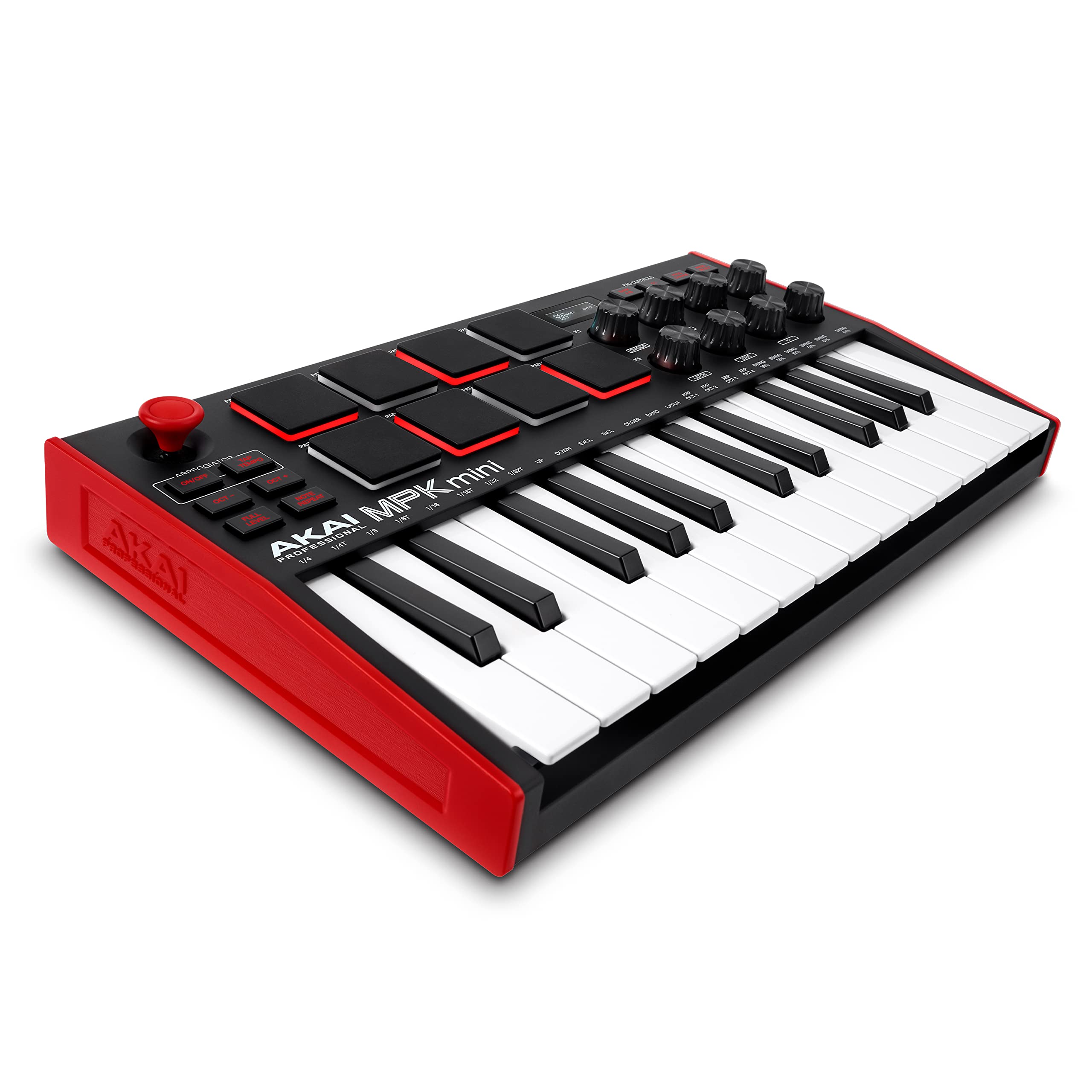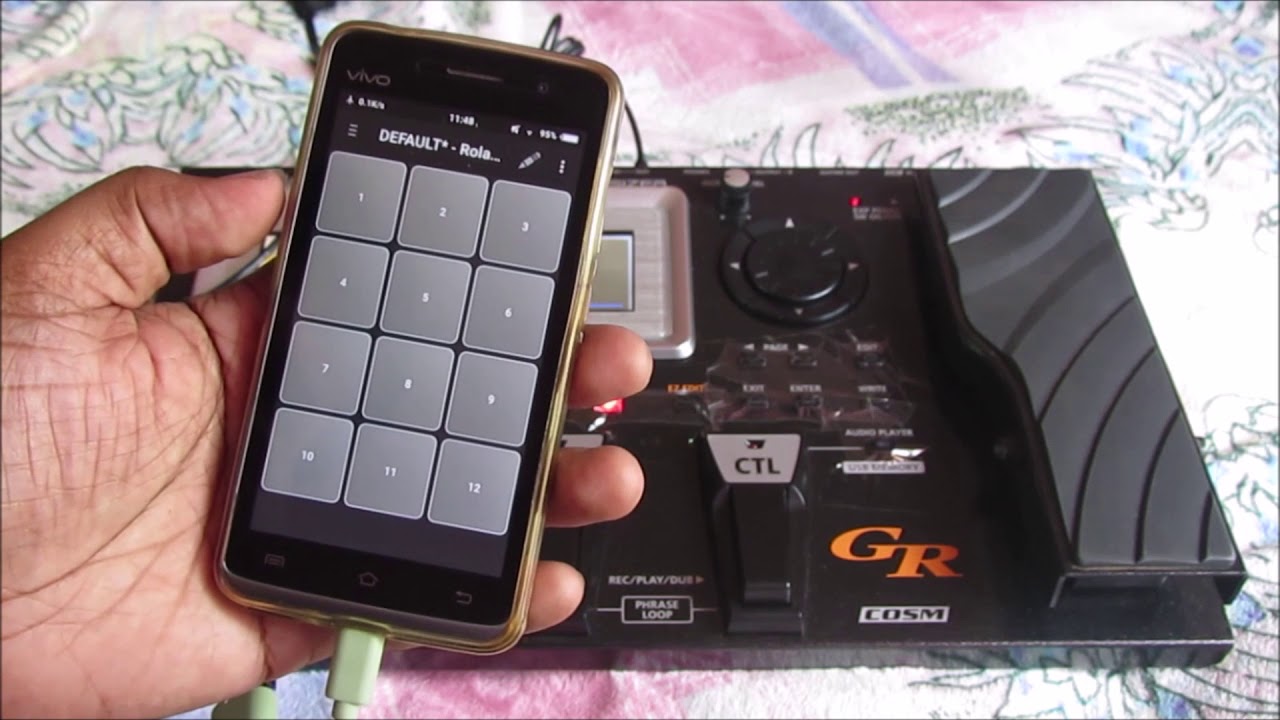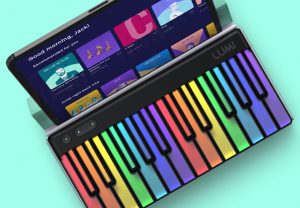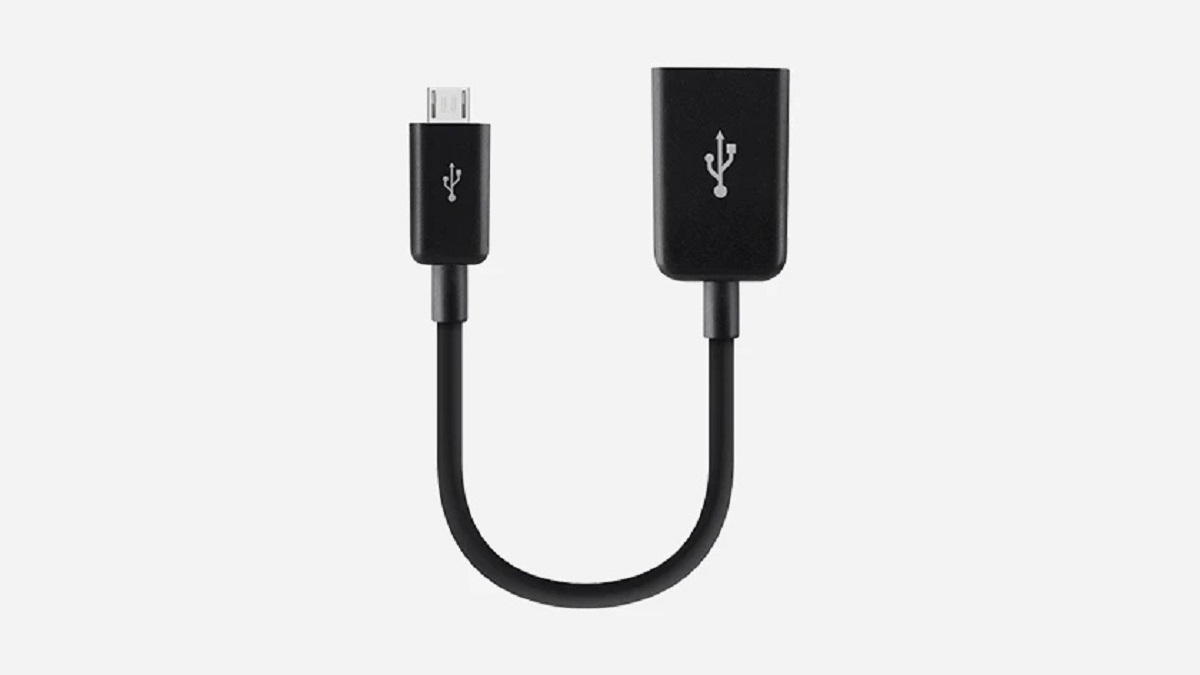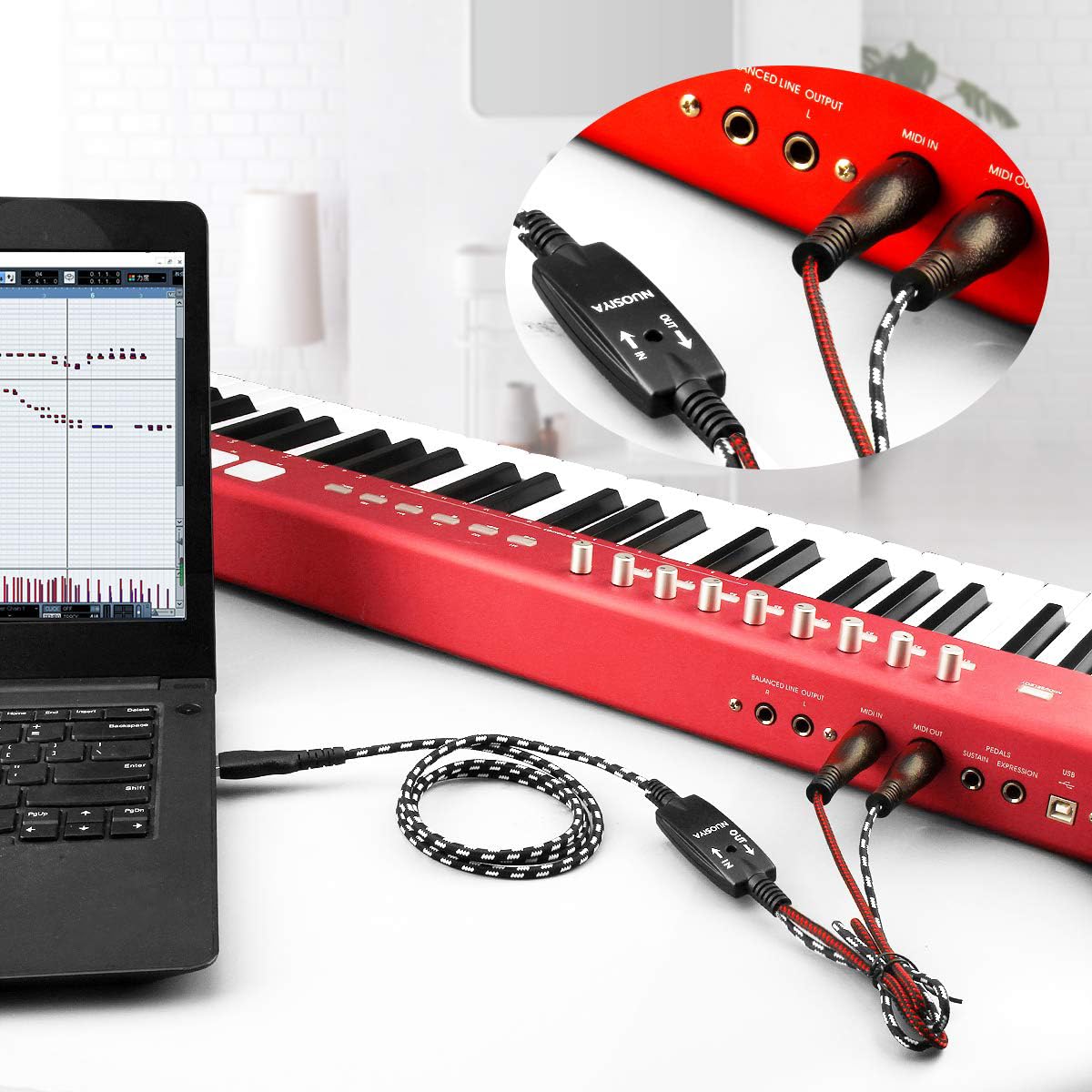Introduction
Are you a music enthusiast who wants to explore the creative possibilities of connecting a MIDI keyboard to your Android tablet? With the advancement of technology, this once complex task has become remarkably straightforward. Whether you're a musician looking to compose music on the go or simply eager to experiment with new sounds, the process of connecting a MIDI keyboard to your Android tablet can open up a world of musical opportunities.
In this guide, we will walk you through the step-by-step process of connecting your MIDI keyboard to your Android tablet. By following these instructions, you can seamlessly integrate your musical instrument with your digital device, paving the way for a harmonious blend of traditional and modern music-making techniques.
Understanding the compatibility and technical requirements is crucial before embarking on this endeavor. It's essential to ensure that your Android tablet supports USB MIDI connections and that you have the necessary cables and software to facilitate the connection. With the right tools and a clear understanding of the process, you can harness the power of technology to expand your musical horizons.
So, let's dive into the world of MIDI connectivity and unlock the potential for limitless musical expression on your Android tablet. Whether you're a seasoned musician or an aspiring artist, this guide will equip you with the knowledge and skills to seamlessly integrate your MIDI keyboard with your Android tablet, opening up a world of creative possibilities.
Step 1: Check Your Android Tablet
Before delving into the process of connecting your MIDI keyboard to your Android tablet, it’s essential to ensure that your tablet is equipped to support this functionality. Start by confirming that your Android tablet has a USB port. Most modern Android tablets are equipped with a micro-USB or USB-C port, which can facilitate the connection to your MIDI keyboard.
Additionally, it’s important to verify that your Android operating system supports USB MIDI connections. To do this, navigate to the settings on your tablet and look for the “Developer options” or “USB debugging” settings. Enable these options to ensure that your tablet can recognize and communicate with external MIDI devices.
Furthermore, check if your Android tablet supports USB OTG (On-The-Go) functionality. USB OTG enables your tablet to act as a host for USB peripherals, allowing it to communicate with external devices such as MIDI keyboards. While most modern Android tablets support USB OTG, it’s advisable to confirm this compatibility to ensure a seamless connection.
Once you have verified these essential requirements, you can proceed with confidence, knowing that your Android tablet is capable of establishing a reliable connection with your MIDI keyboard. By taking the time to check these specifications, you can avoid potential compatibility issues and set the stage for a successful MIDI integration experience.
Step 2: Get the Right Cables
Securing the right cables is crucial for establishing a seamless connection between your MIDI keyboard and your Android tablet. The primary cable you will need is a USB OTG (On-The-Go) adapter, which serves as the bridge between your MIDI keyboard’s USB output and your Android tablet’s USB port.
When selecting a USB OTG adapter, ensure that it is compatible with your specific Android tablet model and the type of USB port it features. For tablets with a micro-USB port, a micro-USB to USB OTG adapter is required. Similarly, if your tablet has a USB-C port, opt for a USB-C to USB OTG adapter to ensure a secure and reliable connection.
Additionally, it’s advisable to choose a high-quality USB OTG adapter to minimize the risk of connectivity issues and ensure optimal performance. Look for reputable brands and read user reviews to identify a reliable adapter that meets your requirements.
Once you have obtained the USB OTG adapter, you can proceed to connect it to your Android tablet. The adapter’s USB end plugs into the USB port of your tablet, while the opposite end provides a standard USB port for connecting your MIDI keyboard’s USB cable.
It’s important to handle the cables with care to prevent damage to the connectors and ensure a secure connection. By acquiring the appropriate cables and adapters, you can lay the foundation for a stable and efficient link between your MIDI keyboard and your Android tablet, setting the stage for a harmonious musical collaboration between the two devices.
Step 3: Install a MIDI Keyboard App
With the necessary hardware preparations in place, the next step in connecting your MIDI keyboard to your Android tablet is to install a MIDI keyboard app. These specialized applications serve as the intermediary between your MIDI keyboard and your tablet, enabling seamless communication and interaction between the two devices.
When browsing for a MIDI keyboard app on the Google Play Store, consider factors such as compatibility with your Android tablet model, user ratings, and reviews. Look for apps that offer a user-friendly interface, comprehensive MIDI functionality, and a diverse range of features to cater to your musical preferences and requirements.
Once you have identified a suitable MIDI keyboard app, proceed to download and install it on your Android tablet. Follow the on-screen instructions to complete the installation process, and ensure that the app has the necessary permissions to access USB devices and communicate with external MIDI instruments.
After installing the MIDI keyboard app, familiarize yourself with its interface and settings to optimize the user experience and customize the app to suit your musical workflow. Many MIDI keyboard apps offer configurable settings for MIDI input, instrument selection, recording options, and more, allowing you to tailor the app to your specific creative needs.
By installing a MIDI keyboard app that aligns with your musical aspirations and technical requirements, you can seamlessly integrate your MIDI keyboard with your Android tablet, unlocking a world of musical possibilities at your fingertips. These apps serve as the conduit for translating your musical expressions into digital form, empowering you to compose, perform, and experiment with newfound creativity and convenience.
Step 4: Connect the MIDI Keyboard to Your Android Tablet
With the hardware and software components in place, it’s time to establish the physical connection between your MIDI keyboard and your Android tablet. Begin by ensuring that both devices are powered off to prevent any potential electrical interference during the connection process.
First, connect the USB end of the USB OTG adapter to the USB port of your Android tablet. Ensure that the connection is secure to facilitate reliable communication between the tablet and the MIDI keyboard. Next, connect the standard USB end of the USB OTG adapter to the USB output port of your MIDI keyboard.
Once the physical connection is established, power on your MIDI keyboard and then turn on your Android tablet. As the devices boot up, the MIDI keyboard app installed on your tablet should recognize the connected MIDI keyboard and establish a communication link between the two devices.
It’s important to note that some MIDI keyboards may require additional configuration or settings adjustments to ensure seamless integration with your Android tablet. Refer to the user manual or documentation provided with your MIDI keyboard to understand any specific requirements for connecting it to external devices.
After the connection is established, you can verify the successful pairing by testing the MIDI keyboard’s functionality within the MIDI keyboard app. Play a few notes or chords on the keyboard to ensure that the app accurately detects and responds to the MIDI input, confirming that the connection is functioning as intended.
By meticulously following these steps to connect your MIDI keyboard to your Android tablet, you can harness the power of technology to merge traditional musical instruments with modern digital platforms. This seamless integration empowers you to explore new avenues of creativity, composition, and performance, bridging the gap between analog and digital music-making with ease and efficiency.
Step 5: Test Your Connection
After successfully connecting your MIDI keyboard to your Android tablet, it’s essential to test the connection to ensure that the devices are communicating effectively and that the MIDI keyboard’s input is accurately captured by the tablet. Testing the connection allows you to verify the seamless integration of the two devices, paving the way for uninterrupted musical creativity and expression.
Open the MIDI keyboard app on your Android tablet and access the MIDI input settings. Ensure that the app recognizes the connected MIDI keyboard as the primary input device. If the app offers calibration or configuration options for MIDI input devices, take the time to optimize the settings to align with your playing style and preferences.
Once the MIDI keyboard app is configured to receive input from your MIDI keyboard, test the connection by playing various notes, chords, and melodies on the keyboard. Observe the app’s response to your playing, ensuring that the notes are accurately translated into digital MIDI data and that the app’s sound output reflects your performance in real time.
Experiment with different playing techniques, such as varying dynamics, articulations, and pedal usage, to gauge the responsiveness and accuracy of the MIDI keyboard’s input within the app. This comprehensive testing process allows you to familiarize yourself with the capabilities of the MIDI keyboard app and validate the seamless integration of your MIDI keyboard with your Android tablet.
Furthermore, consider recording a short musical passage using the MIDI keyboard app to assess the recording functionality and the app’s ability to capture and reproduce your performance accurately. Playback the recorded passage to confirm that the MIDI input from your keyboard is faithfully reproduced, reflecting the nuances and intricacies of your playing with precision.
By thoroughly testing the connection between your MIDI keyboard and your Android tablet, you can gain confidence in the reliability and performance of the integrated setup. This validation process ensures that your creative endeavors are supported by a robust and responsive connection, empowering you to explore, compose, and perform with newfound freedom and expression.
Conclusion
Congratulations! By following the step-by-step process outlined in this guide, you have successfully connected your MIDI keyboard to your Android tablet, unlocking a world of musical possibilities at your fingertips. This seamless integration of traditional musical instruments with modern digital platforms empowers you to explore new avenues of creativity, composition, and performance with ease and efficiency.
Through meticulous hardware preparations, including verifying the compatibility of your Android tablet and acquiring the necessary cables, you have laid the foundation for a stable and reliable connection. By installing a MIDI keyboard app that aligns with your musical aspirations and technical requirements, you have established the conduit for translating your musical expressions into digital form, enabling seamless communication and interaction between your MIDI keyboard and your tablet.
By establishing the physical connection between your MIDI keyboard and your Android tablet and testing the reliability and performance of the integrated setup, you have ensured that your creative endeavors are supported by a robust and responsive connection. This validation process allows you to gain confidence in the reliability and performance of the integrated setup, empowering you to explore, compose, and perform with newfound freedom and expression.
As you embark on your musical journey with your MIDI keyboard and Android tablet, embrace the boundless opportunities for creativity and innovation that this integration affords. Whether you’re composing music on the go, experimenting with new sounds, or seeking a harmonious blend of traditional and modern music-making techniques, the connection between your MIDI keyboard and your Android tablet opens up a world of musical opportunities.
With this seamless integration, you have the power to harness technology to expand your musical horizons, seamlessly integrating your MIDI keyboard with your Android tablet. This harmonious blend of traditional and modern music-making techniques paves the way for limitless musical expression, empowering you to compose, perform, and experiment with newfound creativity and convenience.







